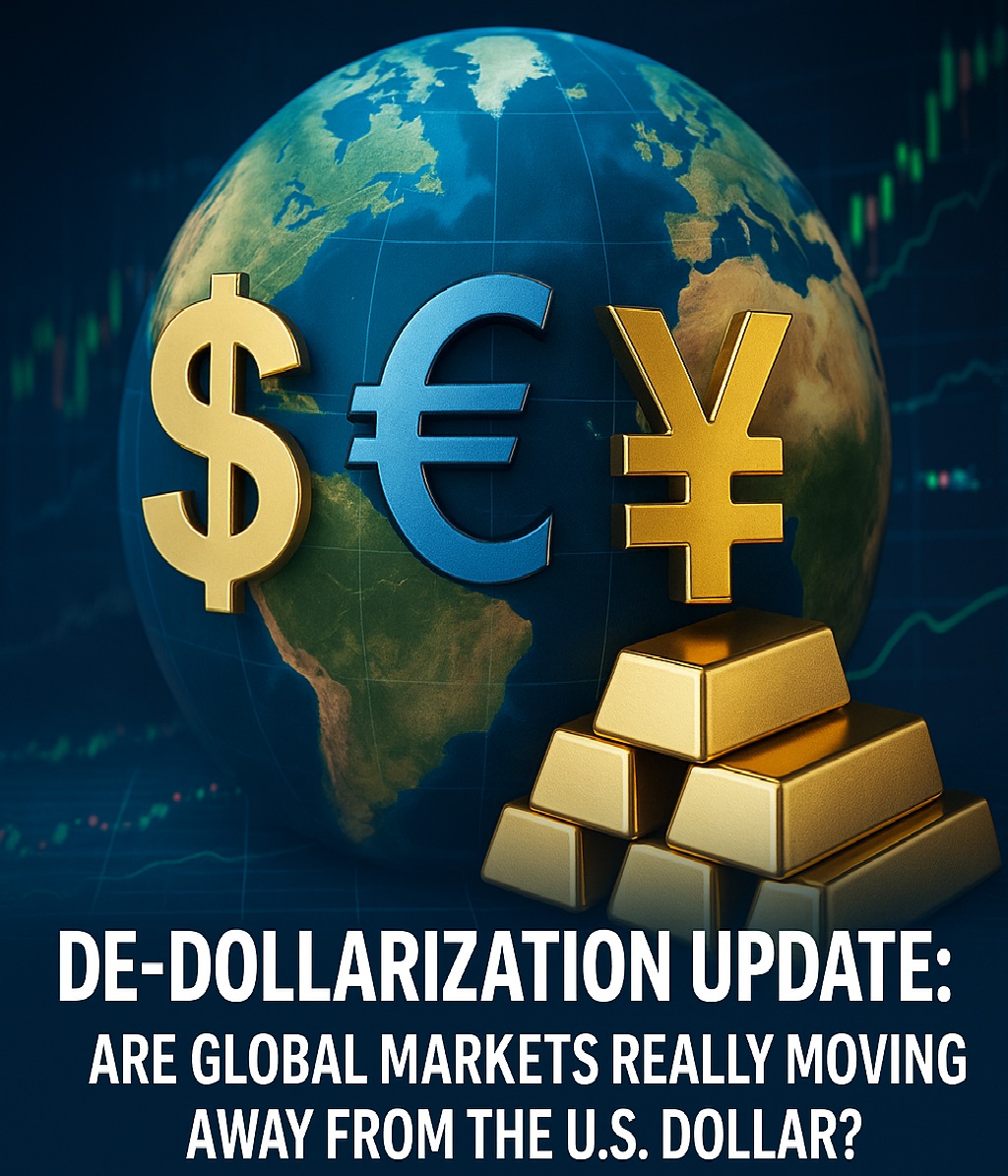A New Era of Money in the EU Is Here—Are You Ready?
Europe is officially stepping into the future of finance. The European Central Bank (ECB) has advanced plans to roll out the Digital Euro, a central bank digital currency (CBDC) designed to modernize payments across the Eurozone. But what does this mean for everyday banking, privacy, and the economy?
In this article, we’ll break down what the Digital Euro is, how it will work, what its benefits and challenges are, and how you can prepare for the shift.
What Is the Digital Euro?
The Digital Euro is a CBDC (Central Bank Digital Currency)—a digital version of the euro issued directly by the European Central Bank.
Unlike cryptocurrencies like Bitcoin or Ethereum, the Digital Euro will be:
- State-backed and regulated
- Stable in value, mirroring the physical euro
- Accessible to individuals and businesses for daily transactions
It’s not meant to replace cash immediately but to complement it in an increasingly digital world.
Why Is the Digital Euro Being Introduced?
The ECB sees the Digital Euro as a way to:
- Modernize the financial system with faster, cheaper, and safer payments
- Ensure monetary sovereignty in the face of private crypto or foreign digital currencies
- Promote financial inclusion across the Eurozone
How Will It Impact Banking in Europe?
The Digital Euro could reshape the entire European banking system. Here’s how:
1. Payments Will Be Faster and Cheaper
With real-time settlement, cross-border transactions and e-commerce payments will become instant and low-cost.
2. Reduced Dependency on Banks
Consumers might hold money directly with the ECB via a digital wallet, reducing reliance on commercial banks for storage and transfers.
3. New Business Models for Banks
Banks may shift focus to value-added services like investment advice and digital asset management.
4. Stronger Regulatory Oversight
The ECB will have greater transparency into money movement, potentially reducing fraud, tax evasion, and money laundering.
The Digital Euro Is Just the Beginning
The rollout of the Digital Euro is more than a tech upgrade—it’s a paradigm shift in how we perceive, use, and manage money in Europe. As the lines between traditional banking and digital finance blur, staying informed will be the key to navigating this exciting (and disruptive) transformation.




